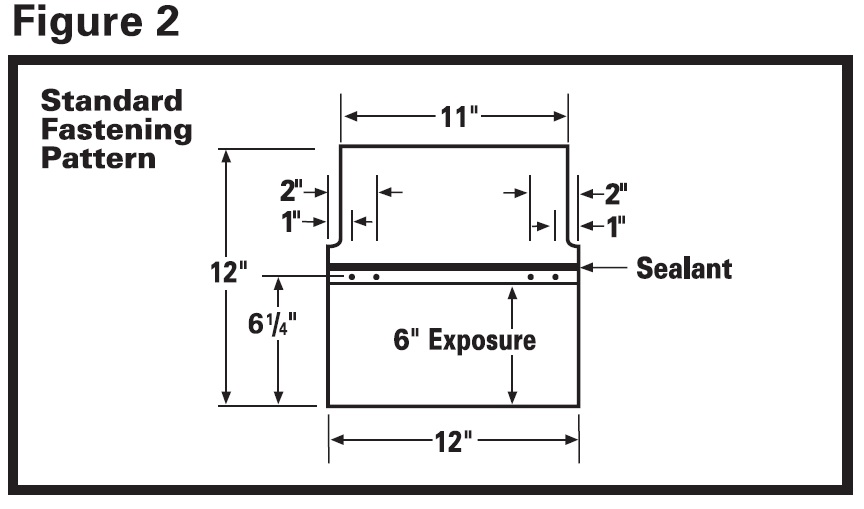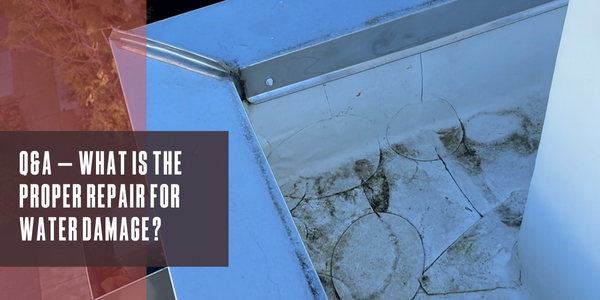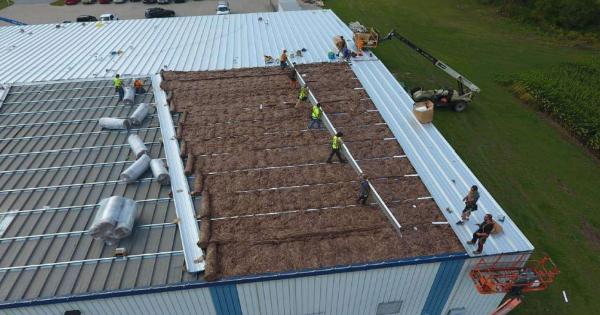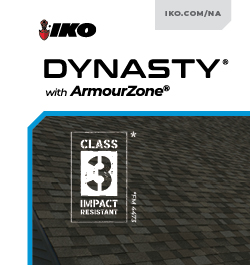Q&A – Inspectors, ACs and understanding products
May 19, 2025 at 6:00 a.m.Homeowners from four different states sought advice from our AskARoofer experts to answer their most pressing roofing questions.
On AskARoofer, we aim to live up to our name and connect people to contractors with answers for their roofing questions. Here's what four homeowners asked recently.
1 - Oregon
Michael from Oregon was wondering about how to find the right roof inspector for their situation and asked:
I live in northwestern Oregon. Our community has concrete tile roofs. Can you help me find a roof inspector who will not attempt to direct us towards a roofing company?
One of the AskARoofer Experts, Wendy Marvin with Matrix Roofing and Home Solutions responded, saying this:
Walking concrete tile roofs is difficult and can lead to cracking of tiles. There is a lot of risk associated with being on a tile roof because of this, and because of the fact that many concrete tile roofs are no longer being manufactured, so if a tile is cracked – a replacement may not be available.
This is why home inspectors refer to roofers in this situation. Can you tell us more about why you don’t want a roofer on site?
Continue the conversation in our Forum!
2 - Arizona
Over in Arizona, a homeowner named Tony sent in this question:
I ripped off my roof to remove the AC unit. My brother wants to put the AC unit back on the roof before we put down the shingles. Is that recommended?
Jeff with Phoenix Roofing and Repair said:
Yes, HVAC before shingles. The roofers can properly flash around it rather than expecting that HVAC guys will roof the new flashing the correct way.
Continue the conversation in our Forum!
3 - Wisconsin
Keenan from Wisconsin reached out for some insight and advice when they were working with an Owens Corning product, asking:
Owens Corning ProEdge Hip and Ridge instructions call for a 6" exposure with nails placed at 6 1/4". Why are the nails placed so close to the exposure and outside the sealant? I'm trying to understand the manufacturers logic for the nail placement. What am I missing?
 Our roofing expert Erica Reed at Elite Construction Solutions jumped in with an answer, saying:
Our roofing expert Erica Reed at Elite Construction Solutions jumped in with an answer, saying:
According to Owens Corning, they have an over lay from the top cap shingle past the sealant bead to cover the nail head. They don’t want the nail head to impact the seal ability. Also, they want to make sure it’s covered by the shingle above it so it doesn’t rust from weathering. Hope that helps!
Continue the conversation in our Forum!
4 - Kentucky
And last but not least, Phil, a homeowner in Kentucky asked:
What is the granule loss rate for TopShield Pro SA Cap membrane?
Henry Staggs with The Arizona Roofer had the following insights:
There would be a lot of factors that come into play, the environment, the amount of walking on the roof, how it was installed and so on. I think his best bet is to call the manufacturer to come out and do an inspection if he has concerns about the roof's service performance.
Have a question? AskARoofer.
Find your local roofing contractor in the AskARoofer™ Contractor Directory.














Comments
Leave a Reply
Have an account? Login to leave a comment!
Sign In